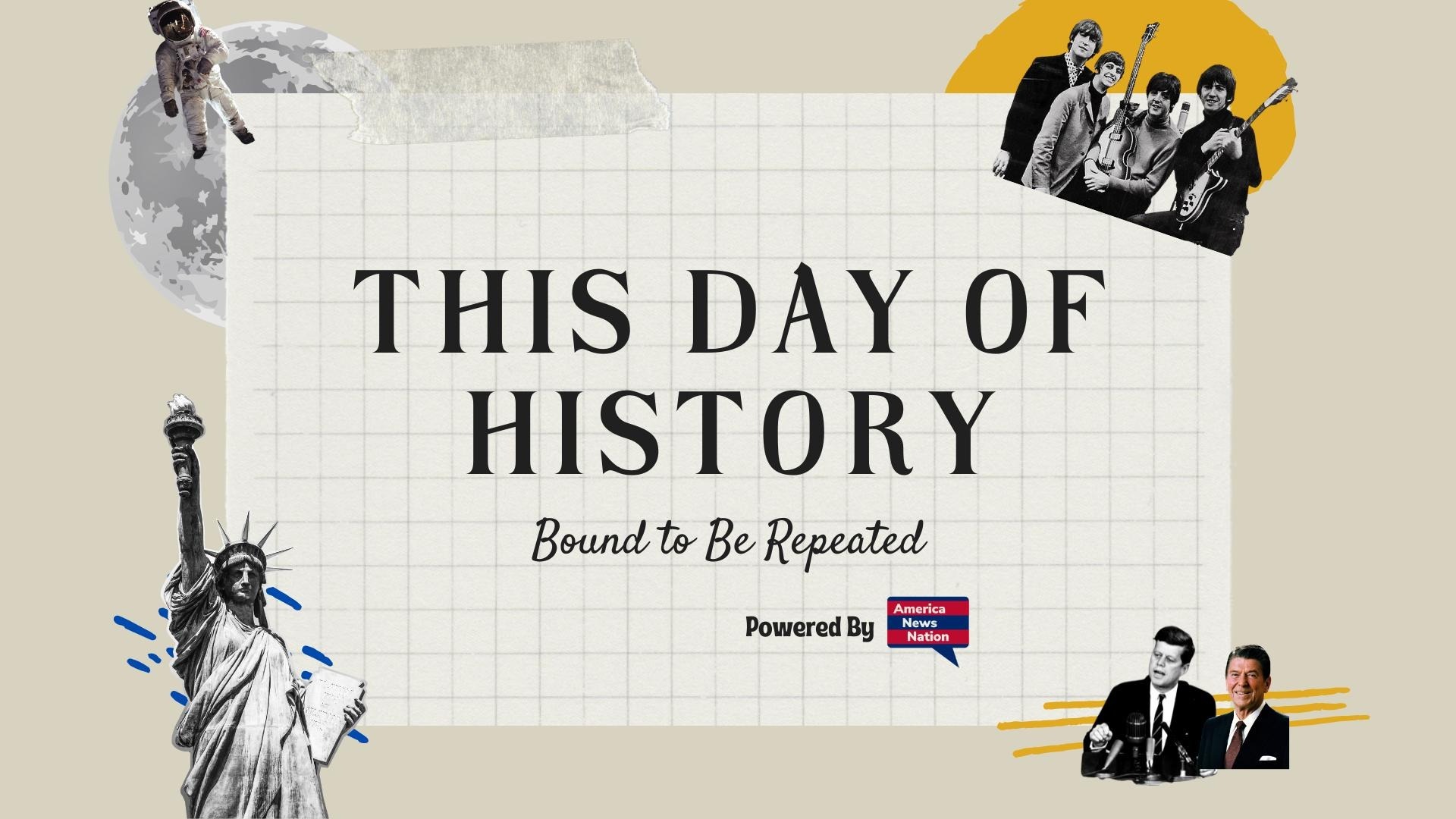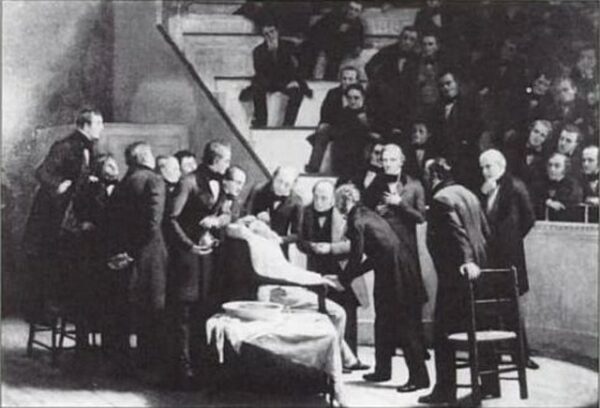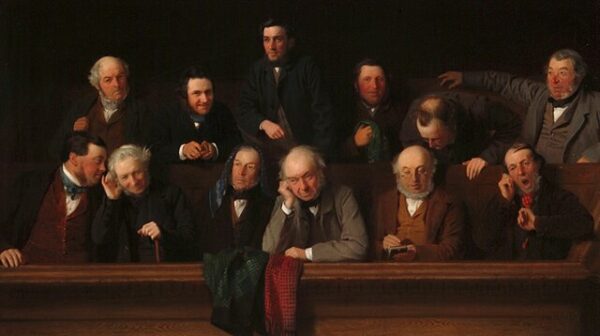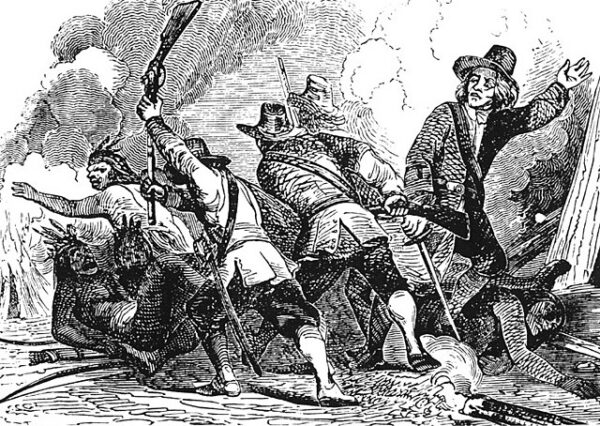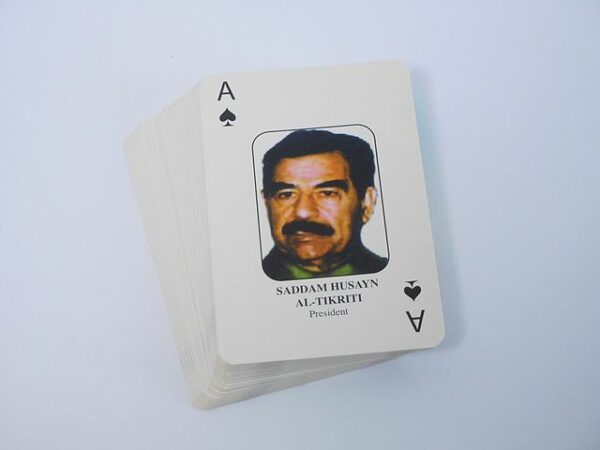On March 30, 1842, in Jefferson, Georgia, American surgeon Dr. Crawford Williamson Long made medical history. He became the first known physician to use inhaled ether as an anesthetic during surgery. His patient, James Venable, underwent the removal of a neck tumor. Remarkably, Venable later reported feeling no pain during the operation. Although the event received little attention at the time, it would later be recognized as a transformative moment in the evolution of modern surgery.
Before anesthesia, surgery was a harrowing experience. Patients endured excruciating pain, often restrained by assistants while surgeons worked as quickly as possible. The focus was on speed, not precision. Complex procedures were rarely attempted, and alcohol, opium, or physical force were the only pain-management tools available—none of which offered real relief. Within this harsh reality, Dr. Long’s pioneering use of ether opened the door to a new era in surgical care.
Dr. Long’s idea came from observing recreational “ether frolics,” where participants inhaled ether for its euphoric effects. He noticed that people under its influence seemed numb to pain and injuries. This observation led him to consider its potential as a surgical anesthetic. On that March day in 1842, he tested his theory by administering ether to Venable before surgery. The results confirmed his suspicions: the patient remained unconscious and pain-free.
Despite this groundbreaking success, Long hesitated to publish his results. Cautious and methodical, he chose to conduct more procedures using ether, including amputations and childbirth cases. It wasn’t until 1849—seven years later—that he formally published his findings. Unfortunately, this delay allowed others, like dentist William T.G. Morton, to gain wider recognition.
In 1846, Morton performed a public demonstration of ether anesthesia at Massachusetts General Hospital, during a jaw surgery. He branded the anesthetic “Letheon” and sought a patent—though he never fully revealed its chemical makeup. Morton’s demonstration received national attention and was long considered the first recorded use of ether anesthesia, overshadowing Long’s earlier achievement.
Although Morton’s role popularized the technique, historians eventually acknowledged Dr. Long’s precedence. In 1879, the National Eclectic Medical Association formally credited Long as the first to use ether in surgery. Later honors included a commemorative U.S. postage stamp in 1910 and a statue at the University of Georgia in 1926.
The introduction of ether anesthesia revolutionized medicine. It turned surgery from a brutal necessity into a calculated, refined practice. Patients no longer feared unbearable pain, and surgeons could perform longer, more intricate procedures with greater precision and improved outcomes. Although ether was later replaced by safer anesthetics, its use by Dr. Crawford Long in 1842 stands as a defining breakthrough—one that redefined surgical practice and patient care around the world.

